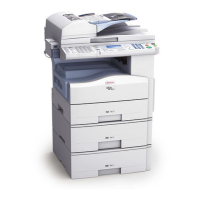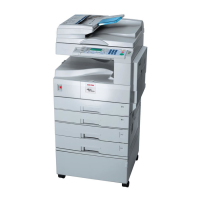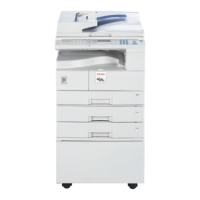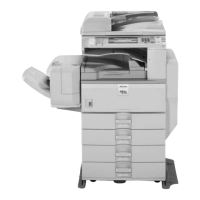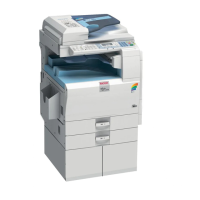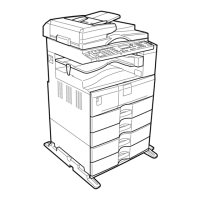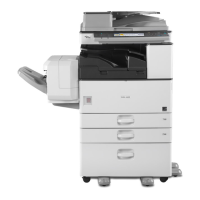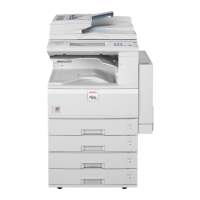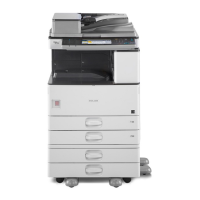Parameter Value configured
key “key value” val [1|2|3|4] You can specify the WEP key when entering in hexadecimal.
With a 64-bit WEP, you can use 10 digit hexadecimals. With
a 128-bit WEP, you can use 26 digit hexadecimals.
Up to four WEP keys can be registered. Specify the number
to be registered with “val”.
When a WEP is specified by key, the WEP specified by key
phrase is overwritten.
To use this function, set the same key number and WEP key
for all ports that transmit data to each other. Put “0x”on the
front of WEP key.
You can omit the numbers with “val”. The key number is set
to 1 when making these omissions. The default is blank.
keyphrase “phrase” val [1|2|3|4] You can specify the WEP key when entering in ASCII.
With a 64-bit WEP, you can use 5 digit hexadecimals. With
a 128-bit WEP, you can use 13 digit hexadecimals.
Up to four WEP keys can be registered. Specify the number
to be registered with “val”.
When a WEP is specified by key phrase, the WEP specified
by key is overwritten.
To use this function, set the same key number and WEP key
for all ports that transmit data to each other.
You can omit the numbers with “val”. The key number is set
to1 when making these omissions. The default is blank.
encval [1|2|3|4] You can specify which of the four WEP keys is used for packet
encoding. “1” is set if a number is not specified.
wepauth {open|shared} You can set an authorization mode when using WEP. The
specified value and authorized mode are as follows:
open: open system authorized (default)
shared: shared key authorized rate
security {none|wep|wpa} You can specify the security mode.
none: No encryption (default)
wep: WEP encryption
wpa: WPA encryption
4. Monitoring and Configuring the Printer
190
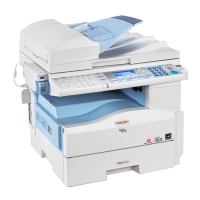
